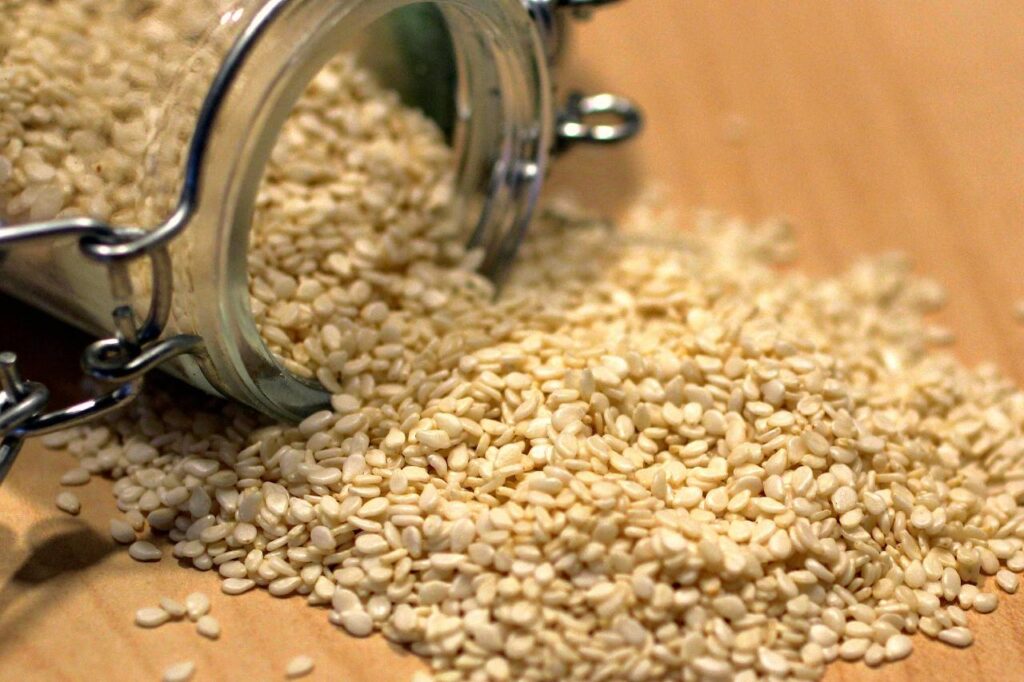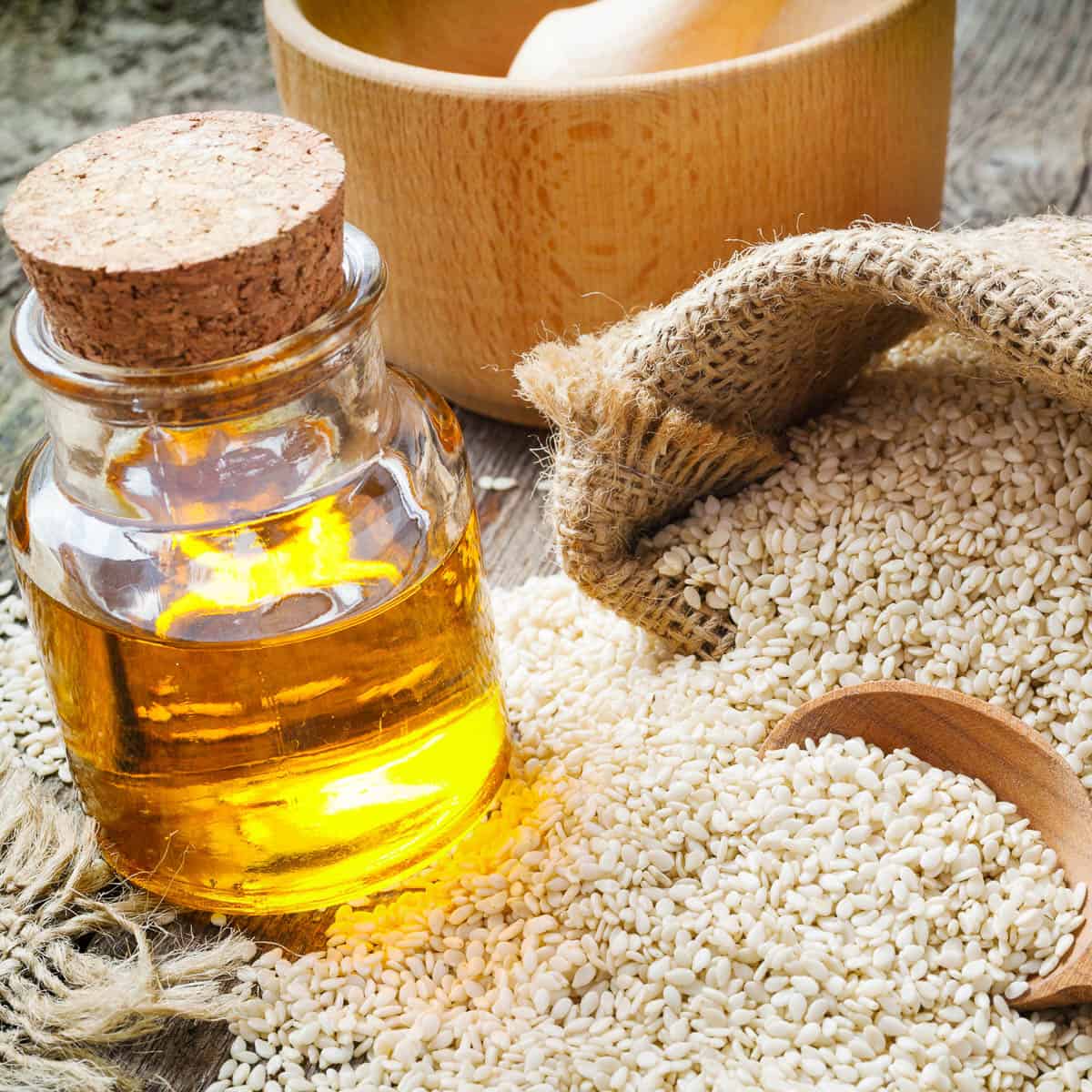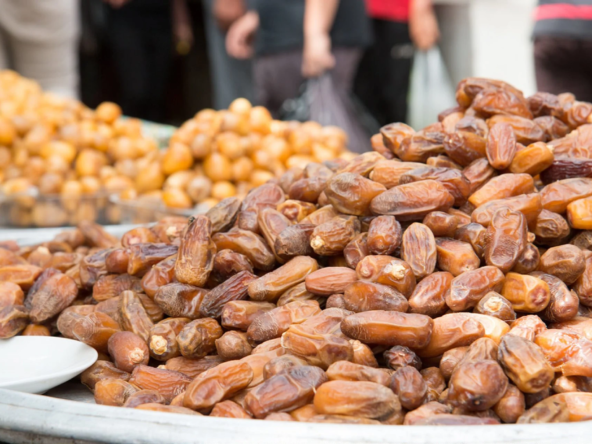Sesame seeds, small yet nutrient-packed, have been cultivated for thousands of years and are prized for their high oil content and versatility in cooking, cosmetics, and medicinal products. As global demand for sesame seeds continues to grow, particularly in industries like food processing, oil production, and confectionery, the process of preparing sesame seeds for commercial use has become increasingly sophisticated. This article will take a close look at how sesame seeds are processed, from harvest to the final product that reaches consumers worldwide.
1. Harvesting
The first step in the journey of sesame seeds from farm to factory is harvesting. Sesame plants are typically grown in tropical and subtropical climates. When the sesame pods turn brown and begin to open, they are ready for harvesting. At this point, the plants are cut and stacked in bundles to dry. Once fully dried, the sesame pods burst open, and the seeds are shaken out onto a clean surface or gathered mechanically.
2. Cleaning
After harvesting, the sesame seeds must be cleaned thoroughly to remove dirt, debris, and any foreign matter. This step is crucial for ensuring high-quality seeds and avoiding contamination. The cleaning process often involves several stages:
- Pre-cleaning: The first cleaning step involves passing the seeds through air separators and sieves to remove large impurities such as stones, sticks, and leaves.
- De-stoning: Special machines separate heavier materials like small stones and clods of soil from the seeds.
- Magnetic separation: Metal contaminants, such as rust particles or small metal fragments, are removed using magnetic separators.
Some modern processing plants also use advanced optical sorting machines, which detect discolored or damaged seeds and remove them, ensuring a uniform product.
3. Hulling
Sesame seeds come in two main varieties: hulled and unhulled. Hulled seeds are typically preferred in the commercial market due to their cleaner appearance and improved digestibility. The hulling process involves removing the outer husk of the seeds. This can be done through:
- Water soaking: The seeds are soaked in warm water to loosen the husk, making it easier to remove mechanically.
- Dehulling machines: After soaking, sesame seeds are passed through dehulling machines that peel off the husk.
Hulled sesame seeds are then dried to reduce moisture content and improve shelf life.
4. Roasting (Optional)
For certain food products, roasted sesame seeds are preferred for their enhanced flavor and aroma. Roasting can be done either before or after the seeds are hulled, depending on the desired end product. The seeds are roasted at controlled temperatures to prevent burning and maintain the quality of the oil inside the seeds.
Roasting also impacts the flavor profile, making the seeds suitable for products like tahini, sesame oil, and confectionery items.
5. Oil Extraction
A significant portion of sesame seeds is processed for their oil content, which is highly sought after due to its rich, nutty flavor and nutritional benefits. There are two primary methods for extracting sesame oil:
- Cold pressing: This method involves mechanically pressing the seeds without using heat, resulting in high-quality oil that retains its natural flavor, aroma, and nutrients. Cold-pressed sesame oil is often used for gourmet cooking and in health-conscious markets.
- Hot pressing: For larger-scale commercial use, sesame seeds are often roasted before being pressed. The heat allows more oil to be extracted but can affect the flavor and nutritional profile slightly. After pressing, the remaining seed cake can be further processed into animal feed or other by-products.

6. Further Processing for Commercial Products
Once the sesame seeds or oil are extracted, they are ready for various commercial uses, including:
- Whole sesame seeds: These seeds are often packaged for culinary use in baking, as toppings for bread, crackers, and bagels, or mixed into snacks like energy bars.
- Sesame oil: Sesame oil is bottled for use in cooking, cosmetics, or pharmaceuticals. It is also a common ingredient in traditional medicines and massage oils due to its purported health benefits.
- Tahini paste: Sesame seeds are ground into a paste known as tahini, which is a staple in Middle Eastern cuisine and a key ingredient in hummus.
- Sesame-based confections: Roasted or coated sesame seeds are used in sweets like sesame brittle, sesame candy, and sesame snack bars.
7. Packaging and Storage
Once the sesame seeds or derived products are processed, they are packaged in various sizes, depending on the market. Special care is taken to ensure that the packaging is airtight to prevent oxidation, which can spoil the oil or reduce the seeds’ freshness.
Sesame seeds and oil are also stored in cool, dry environments to maintain their quality for extended periods. The shelf life of sesame products depends on the level of processing, with whole seeds typically lasting longer than oil or tahini.
8. Quality Control
Throughout the entire process, quality control is paramount. Sesame seeds are tested at various stages for contaminants like aflatoxins, pesticides, and microbes. Stringent regulations in many countries require sesame seed exporters to meet specific safety and hygiene standards before their products are approved for sale.
Conclusion
The commercial processing of sesame seeds involves multiple complex steps to ensure that consumers receive a clean, high-quality product. From the fields where the sesame plants grow to the factories where seeds are cleaned, hulled, roasted, and transformed into various end products, every stage is meticulously designed to maximize efficiency and quality. With rising global demand for sesame-based products, investing in modern, high-standard processing technologies is key to maintaining the reputation and economic value of this ancient seed.
By understanding how sesame seeds are processed, buyers, consumers, and industry professionals can better appreciate the effort involved in delivering this tiny but mighty product to their plates or businesses.
Ajigofarms is a reliable global agricultural purchase sourcing with profound expertise in the manufacturing, and exportation of food crops. We are tested, and trusted suppliers of all kinds of cash crops and food crops. Our constant supply chain solution makes exporting easy, quick, and safe, we are identified with timeliness and meeting up with deadlines. Regardless of the region you are located in worldwide, you can reliably order your Agric products and be rest assured of successful delivery.




